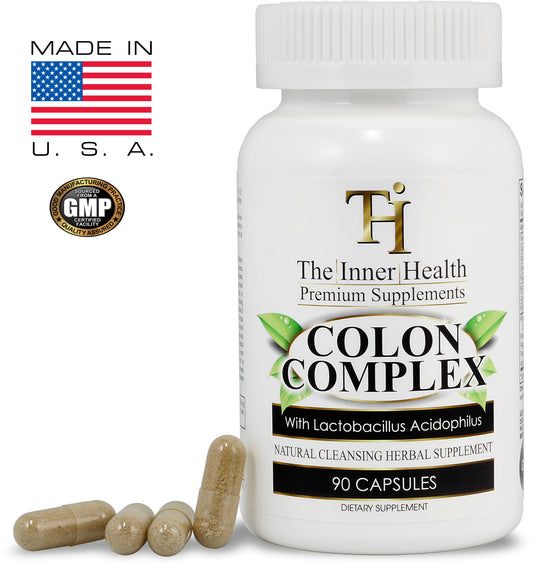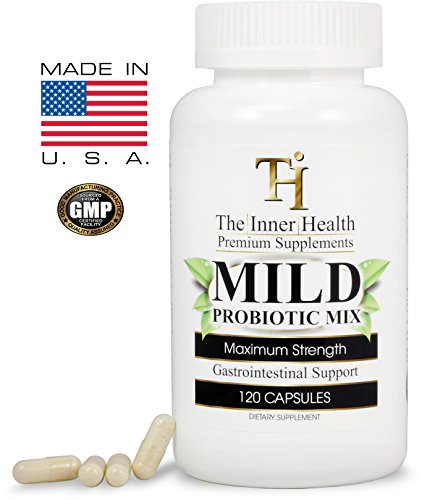The enigma of the human body's aging process remains one of life's great complexities. Yet, scientists persist in their quest to uncover whether it's possible to halt or decelerate the inevitable march of time. Recent discoveries by a team of Chinese researchers shine a ray of hope, pinpointing a ubiquitous vitamin as a potential longevity enhancer.
Throughout history, tales of an elixir of youth have captivated the human imagination, with stories, fables, and cinema all echoing the same deep-seated yearning for eternal youth and vigor. Such is the strength of our collective desire to preserve the bloom of youth that scientific inquiry into this age-old quest continues unabated. Recently, experts have isolated a particular cellular group believed to be central to the aging process. Is this the breakthrough humanity has been waiting for?
The Role of Vitamin C in Aging No living being is immune to the relentless advance of age. This universal truth affects all forms of life. However, if there's an opportunity to prolong vitality and delay the onset of age-related signs, it's a prospect too enticing to ignore.
Researchers from the Institute of Zoology and the Beijing Institute of Genomics of the Chinese Academy of Sciences have identified a specific type of cells known as CHIT1, located within the spinal cord, as key players in the body's aging narrative. This finding was primarily derived from studies conducted on primate models.
The spinal cord's crucial function as a conduit between the brain and peripheral nervous system makes it a pivotal factor in governing motor function and coordinating the body's fundamental life processes.
It has been found that CHIT1 cells, through the secretion of a particular protein, exert a direct influence on the aging of motor neurons found in the spinal cord, precipitating noticeable changes in the body.
With time, these cells begin to show heightened reactivity, hastening the aging of motor neurons. However, a significant correlation has been identified in the course of the study.
Potential of Vitamin C in Slowing Aging Vitamin C, long recognized for its role in maintaining vibrant, youthful skin, is a potent antioxidant that slows the aging process and mitigates cancer risks by neutralizing free radicals.
The groundbreaking aspect of this research lies in the discovery that Vitamin C can effectively block the CHIT1-SMAD signaling pathway. This suggests that appropriate vitamin C supplementation might inhibit the overactive response of spinal cord cells, thus decelerating aging processes within the body.
"This study offers the inaugural comprehensive overview of the aging characteristics, pathologies, cellular and molecular aspects in the primate spinal cord, enriching our comprehension of human spinal cord degeneration," stated Prof. LIU Guanghui, the principal investigator of the study. He further elucidated that targeting specific signaling pathways holds the promise of slowing spinal aging and addressing age-related ailments.
Optimal Vitamin C Dosage for Anti-Aging While the precise dosage of Vitamin C necessary to counteract aging remains undetermined, general guidelines from the Institute of Food and Nutrition suggest:
40-50 mg daily for children, 75 mg daily for women, 90 mg daily for men. Conversely, researchers from the University of Otago advocate for a personalized approach to supplementation, tailored to individual body weight. This approach suggests an additional 10 mg of Vitamin C daily for every 10 kg of excess weight to optimize health.
This implies, for instance, that an individual weighing 60 kg should consume 110 mg of Vitamin C daily, whereas a 90 kg individual might require around 40 extra milligrams daily.
However, self-prescribing dosages is not advised. Consulting a healthcare professional is the safest course of action, as excessive intake of Vitamin C can result in urinary complications and symptoms like abdominal pain, diarrhea, vomiting, and rash.
Sources:
Nature, "CHIT1-positive microglia drive motor neuron aging in the primate spinal cord": nature.com; Chinese Academy of Science "Scientists Discover Hidden Barriers and Signs of Damage in Aging Spinal Cord of Primates": english.cas.cn; nzherald.co.nz, "Otago University, Christchurch study shows amount of vitamin C needed to improve health".





